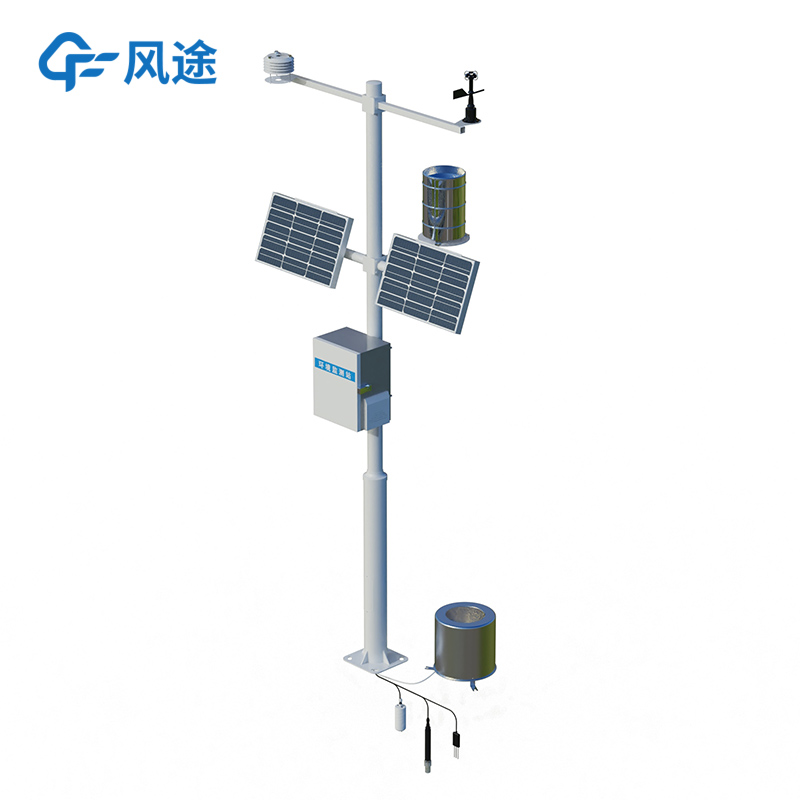The ancient proverb "spring plowing, summer weeding, autumn harvesting, winter storing" highlights the importance of meteorological conditions for crop growth. If we can effectively monitor meteorological changes and take corresponding measures, crop yields can be improved—and meteorological monitoring stations are the core equipment to achieve this goal.
Agricultural meteorological stations are part of the agricultural meteorological monitoring system, capable of measuring multiple environmental parameters such as wind speed and direction, illuminance, air temperature and humidity, and soil temperature and humidity. They can automatically observe and store meteorological data, and conduct all-weather on-site monitoring of factors like air and soil temperature/humidity, and light intensity. The detected data is processed in a specified format: it is either fed back to a server for upload or stored in a medium. Users can check on-site parameters by logging into a website, enabling them to grasp conditions accurately without leaving home.
This equipment has monitoring and early warning functions, which can effectively prevent natural disasters and provide meteorological services for crop cultivation to help increase agricultural production and income. It is widely used in fields such as agriculture and forestry, oceanography, ports, and transportation. Adaptable to harsh field environments, it features low power consumption, high stability and accuracy, and supports unattended operation. According to preset conditions, the equipment can send text messages to alert users of abnormal indicators, facilitating timely intervention and saving time costs.
In agricultural production, agricultural meteorological monitoring is an important support for ensuring the safety of crop growth. Doing this work well can improve the level of meteorological services. Today, meteorological monitoring stations are increasingly widely used in modern agriculture: they help relevant departments monitor and predict farmland meteorology, enhance disaster prevention and resistance capabilities, protect the agricultural ecology, provide convenience for scientific planting, and improve crop yield and quality.
In practical application, it can collect more than 20 real-time indicators such as air temperature and humidity, and soil moisture content, building a monitoring network covering the entire life cycle of major grain crops like wheat and corn. Through dynamic data analysis and intelligent early warning, it provides full-process meteorological support for high-standard farmland. Users can promptly learn about situations such as crop water shortage and abnormal temperature/light; combined with the automatic control of the agricultural Internet of Things, they can fertilize and water crops in a timely manner, realizing precise management and ultimately improving yield, quality, and farmers' income.
Meteorological monitoring stations also promote the innovation of meteorological services. Early warning services can enhance farmers' disaster prevention capabilities, accelerate the promotion of new crop varieties, reduce blind investment, and improve economic benefits. They are of great significance to the development of modern agriculture and deserve vigorous promotion in the agricultural field.

Article address:https://www.sqqx.net/en/news/725.html

 +86 15898932201
+86 15898932201



